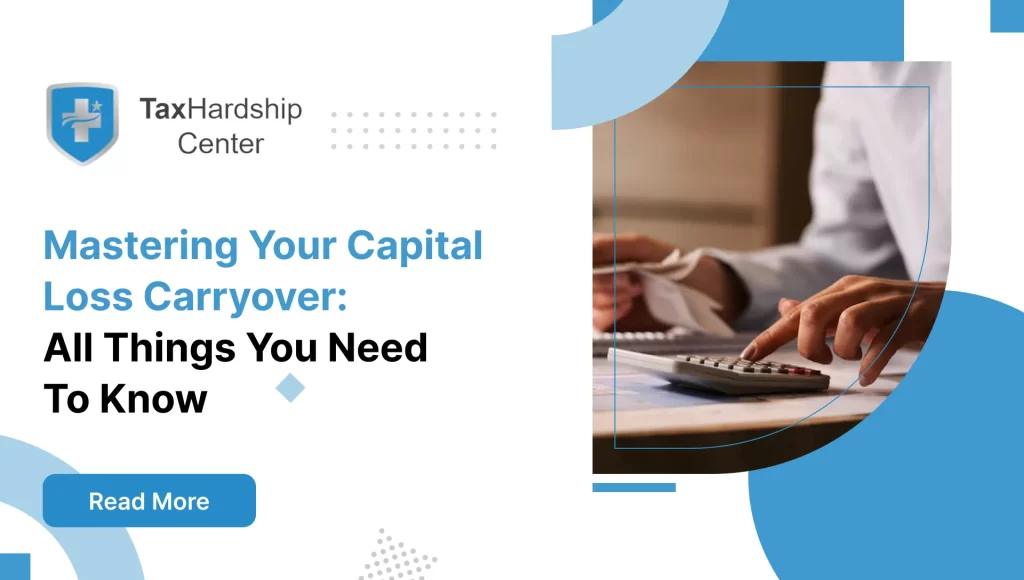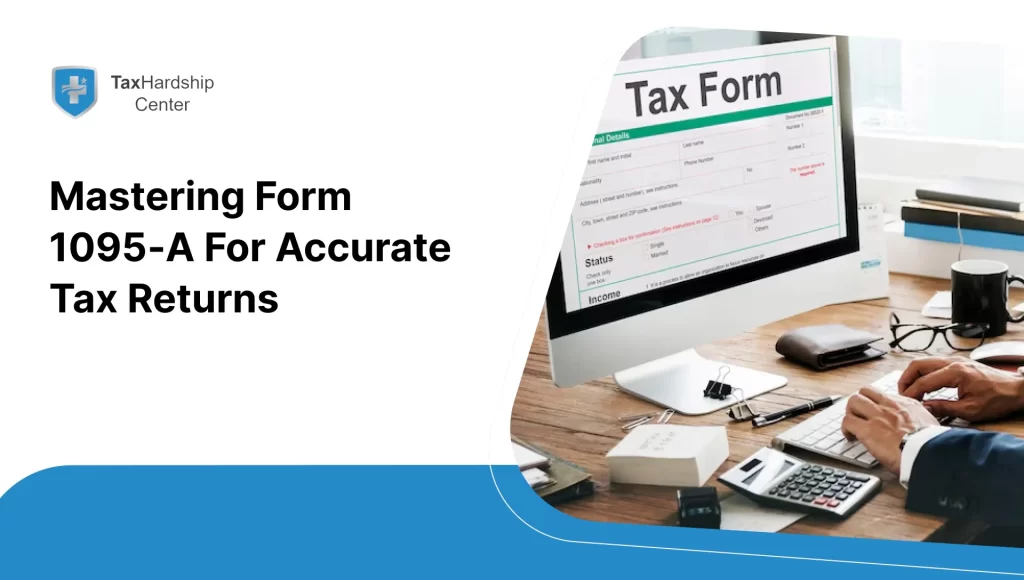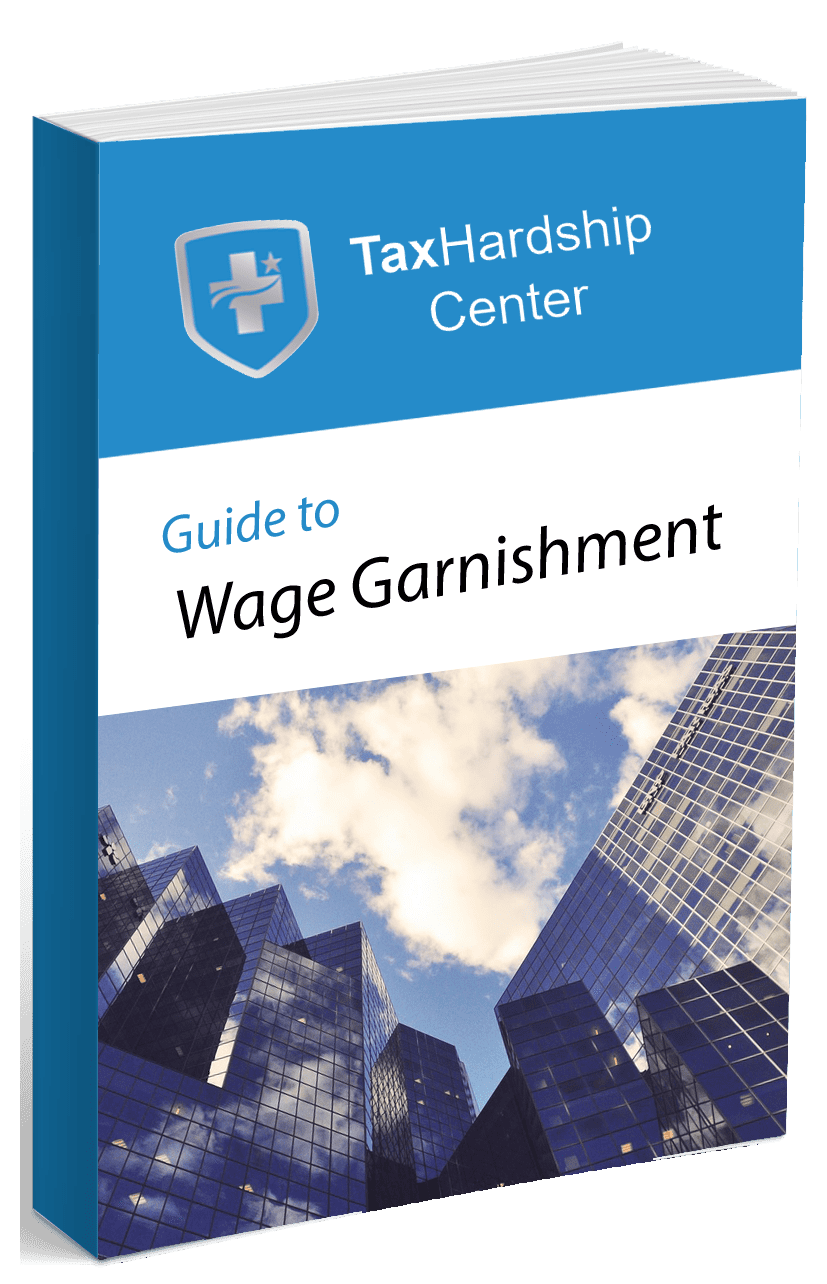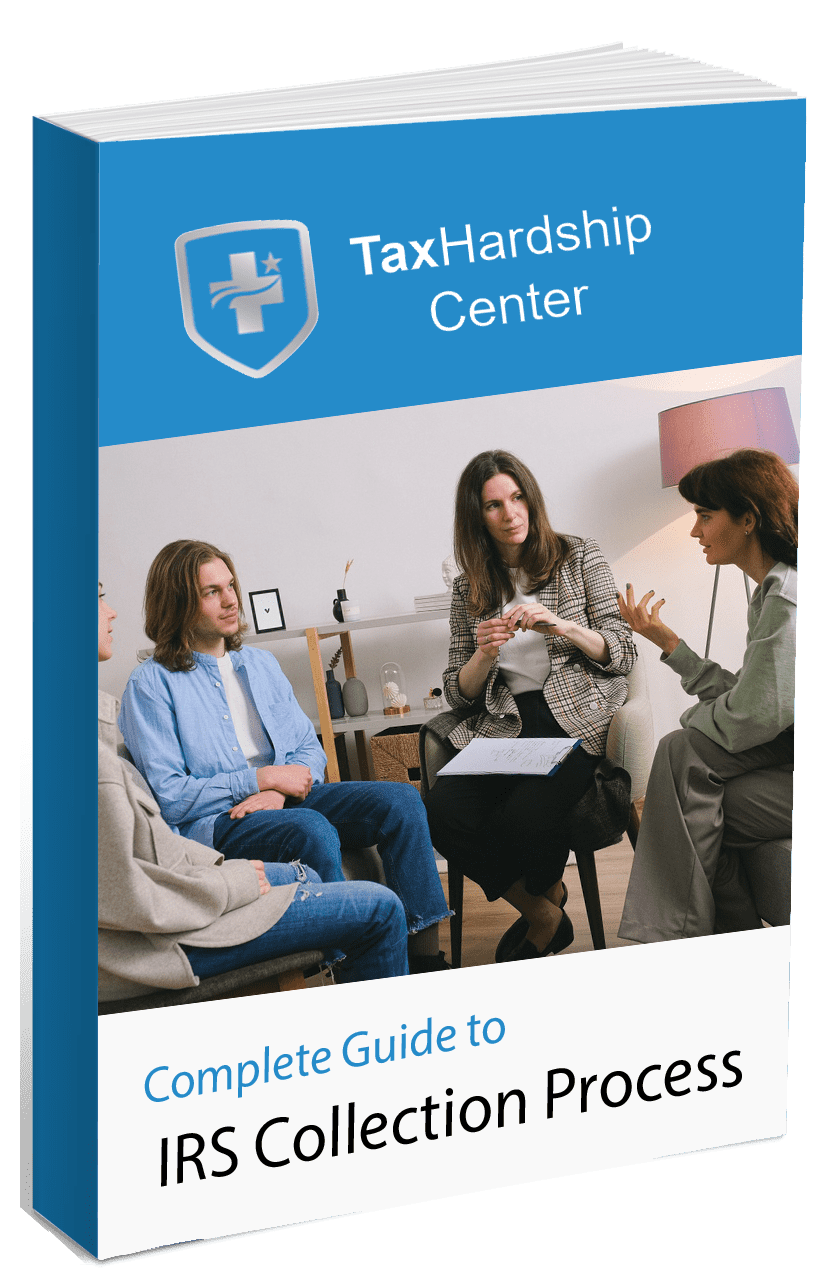Form 8880 savers credit delivers one of the few tax perks you can still grab after New Year’s Day. If you stash even a modest sum in a 401(k) or IRA, the credit can knock up to two grand off your federal bill. Use this guide to understand the rules, run the numbers, and file with confidence.
Understanding the Saver’s Credit
Congress created the Saver’s Credit in 2001 as part of the Economic Growth and Tax Relief Reconciliation Act. The goal: reward workers who take charge of retirement even on lean paychecks. Today about 9 million taxpayers claim it each year, according to the IRS. The Department of Labor’s Saver’s Credit fact sheet offers a concise public overview if you need a second opinion. Yet millions more walk past the break because the form looks tricky. We break it down in plain English.
How Tax Hardship Center Helps You
Unexpected tax bills can force savers to tap retirement accounts and lose their credit. Tax Hardship Center steps in long before that happens. Our enrolled agents review your return for missing deductions, prepare Form 8880, and negotiate with the IRS so you keep funds invested. Need breathing room to pay last year’s balance? Our IRS payment plan assistance sets up affordable installments. Facing older liabilities? Explore our tax relief services or schedule a quick free consultation. We defend your Saver’s Credit today and your retirement tomorrow.
What Is the Saver’s Credit?
The credit is non‑refundable, so it trims your tax bill but never produces a standalone refund. You qualify by making elective deferrals to an employer plan, personal contributions to an IRA, or deposits to an ABLE account for a disabled family member. Your credit equals 50 percent, 20 percent, or 10 percent of the first $2,000 you put in ($4,000 if married filing jointly).
How Does the Saver’s Credit Work?
Say Kelly and Marcus file jointly with $45,500 in adjusted gross income. They each defer $2,500 into their 401(k) plans. Because their AGI sits below $46,000, they land in the 50‑percent bracket. The first $4,000 of combined contributions qualify, so they score the maximum $2,000 credit, trimming what they owe dollar for dollar.
Eligibility Criteria for the Saver’s Credit
Missing even one item on the checklist disqualifies you, so confirm each point before filing.
Age and Dependency Requirements
- Age: You must be at least 18 by the end of the tax year.
- Dependency: No one else can claim you as a dependent.
- Student status: You can’t be a full‑time student for five or more calendar months. Community‑college night classes and part‑time enrollment are fine.
If you or a family member is already 65 or older, our guide to Form 1040‑SR explains seniors‑only filing benefits that pair neatly with the Saver’s Credit.
Income Limits Based on Filing Status (2024)
Inflation adjustments lift these ceilings most years. For 2024 returns the numbers are:
- Married filing jointly: AGI up to $76,500
- Head of household: AGI up to $57,375
- Single or married filing separately: AGI up to $38,250
Qualifying Contributions
Only new money counts. Rollovers, employer matches, and plan‑to‑plan transfers do not. Eligible accounts include:
- Traditional and Roth IRAs
- 401(k), 403(b), 457(b) plans
- SIMPLE and SEP IRAs
- Thrift Savings Plan (TSP) for federal employees
- ABLE accounts (contributions by the beneficiary)
Contribution Deadlines
- IRA deposits: Any time until the filing deadline, April 15, 2025, for the 2024 return.
- Workplace deferrals: Must hit the plan by December 31. Payroll needs time, so set changes early in December.
Calculating the Saver’s Credit
You need just three figures: AGI, total qualified contributions, and the percentage from the IRS table.
Unsure whether viral headlines about new 1099 rules affect your eligibility? Our post on tax filing myths clears the air so you can focus on your numbers.
Credit Rates Based on AGI
| Filing Status | 50 % Credit | 20 % Credit | 10 % Credit |
| Married filing jointly | ≤ $46,000 | $46,001–50,000 | $50,001–76,500 |
| Head of household | ≤ $34,500 | $34,501–37,500 | $37,501–57,375 |
| Single/MFS | ≤ $23,000 | $23,001–25,000 | $25,001–38,250 |
Maximum Credit Amounts
The credit maxes out at $1,000 for single filers and $2,000 for joint filers. That cap applies even if your contributions exceed $2,000 ($4,000 joint).
Sample Calculation Step‑by‑Step
- Determine eligible contributions: Chris puts $3,000 in a Roth IRA. Only $2,000 counts.
- Find AGI: Form 1040 Line 11 shows $31,200 (head of household).
- Locate percentage: AGI falls in the 20 percent range.
- Multiply: $2,000 × 0.20 = $400 credit.
- Report on Schedule 3, Line 4.
How to Claim the Saver’s Credit
Completing IRS Form 8880
Form 8880 looks intimidating but runs just nine numbered lines. The IRS spells out each step in its Form 8880 instructions:
- Lines 1–2: Enter traditional and Roth IRA contributions.
- Line 3: Add elective deferrals from W‑2 Box 12 codes D through H, S, or AA.
- Line 4: Combine Lines 1–3.
- Line 5: List recent distributions that reduce eligible contributions.
- Line 6: Subtract Line 5 from Line 4—this is your qualified amount.
- Line 7: Enter $2,000 ($4,000 joint).
- Line 8: Use the smaller of Lines 6 or 7.
- Line 9: Multiply by 0.5, 0.2, or 0.1 from the percentage table; transfer to Schedule 3.
Attach Form 8880 behind Form 1040, 1040‑SR, or 1040‑NR. Keep W‑2s and IRA confirmations in your records for three years.
Important Considerations
- Non‑refundability: The credit cannot create a refund. Stop once your liability hits zero.
- Distributions: Pulling cash within two tax years before or after the contribution year slashes credit‑eligible amounts.
- State taxes: A few states, such as Colorado, piggyback on the federal Saver’s Credit. Check your state instructions.
Should a late filing trigger extra charges, review our guide on penalty abatement strategies before paying more than necessary.
Strategies to Maximize the Saver’s Credit
Optimize Contributions
Automatic payroll deferrals help you hit the $2,000 or $4,000 sweet spot without scrambling at year‑end. Many plans allow mid‑year rate bumps; use a mid‑summer raise to top up.
Coordinate With Other Tax Benefits
A traditional IRA deduction lowers AGI, which can nudge you into a richer credit band. Run a quick what‑if in tax software: sometimes skipping part of the deduction yields more total savings.
Leverage Spousal Contributions
Couples often overlook split strategy. If one spouse earns less, steer more contributions to that account. Two $2,000 contributions can unlock the full $2,000 credit even if only one spouse drew a paycheck.
Plan Contributions Timing
Late‑season IRA deposits let you assess AGI first. If income surprises push you over a threshold, a deductible IRA deposit may drop AGI enough to reclaim the 50 percent bracket.
Quarterly estimated payments also shield your credit from underpayment penalties. Learn the basics in our 1040‑ES guide.
Putting the Saver’s Credit to Work
The Saver’s Credit packs a one‑two punch: immediate tax savings and decades of compound growth. File Form 8880 every year you qualify, strive for the 50 percent bracket, and avoid early withdrawals that claw back benefits. Need help untangling old tax knots so you can keep saving? Tax Hardship Center stands ready.
Why Tax Hardship Center?
1. Hassle-Free Assistance:
Say goodbye to sleepless nights and endless tax-related stress. At the Tax Hardship Center, we believe in simplifying the complex. Our team of experts is dedicated to guiding you through every step of the process, ensuring that your tax concerns are met with precision and care.
2. 14-Day Money Back Guarantee:
We’re so confident in our ability to ease your tax worries that we offer a 14-day money-back guarantee. If you’re not satisfied with our service for any reason, we’ll gladly refund your investment. Your peace of mind is our top priority!
3. Free Consultation:
Are you curious about how we can transform your tax experience? Book a free consultation now! Our team will assess your situation, answer your questions, and provide free insights tailored to your needs.
4. Nationwide Coverage:
No matter which corner of the United States you call home, the Tax Hardship Center covers you. We proudly serve all 50 states, bringing our expertise to your doorstep. Wherever you are, our commitment to excellence follows.
FAQs
Q: Can I claim both the Saver’s Credit and the retirement contribution deduction?
A: Yes. Take the deduction first, then compute the credit on the lower AGI.
Q: Do self‑employed SEP contributions qualify?
A: They do, provided they post by the due date of your return, including extensions.
Q: What if I take money out within two years?
A: The IRS subtracts the distribution from qualified contributions and may recapture part of the credit.
Q: Is Form 8880 required if my software auto‑calculates?
A: Yes. The form must accompany your return, though software fills it for you.
Q: How do I track contributions across multiple plans?
A: Keep year‑end statements and W‑2 Box 12 codes. Add IRA Form 5498 for exact dates.







